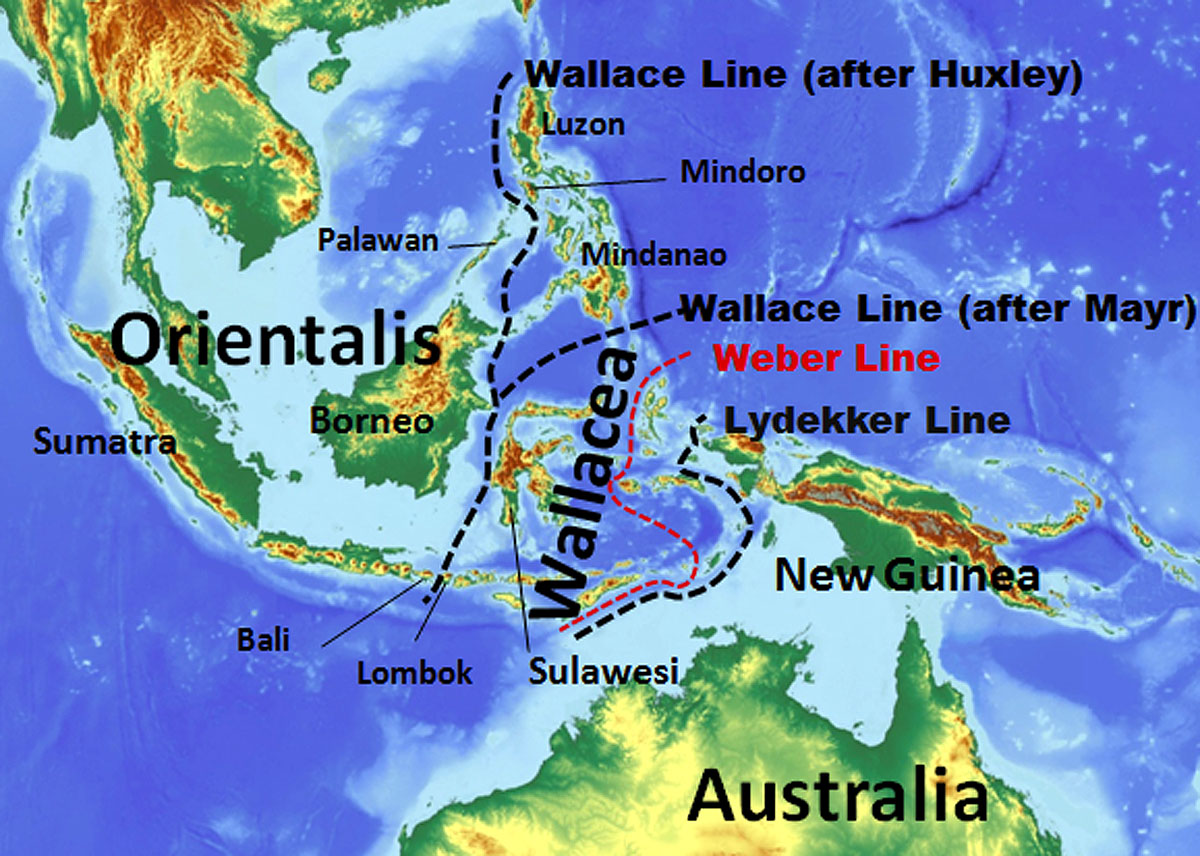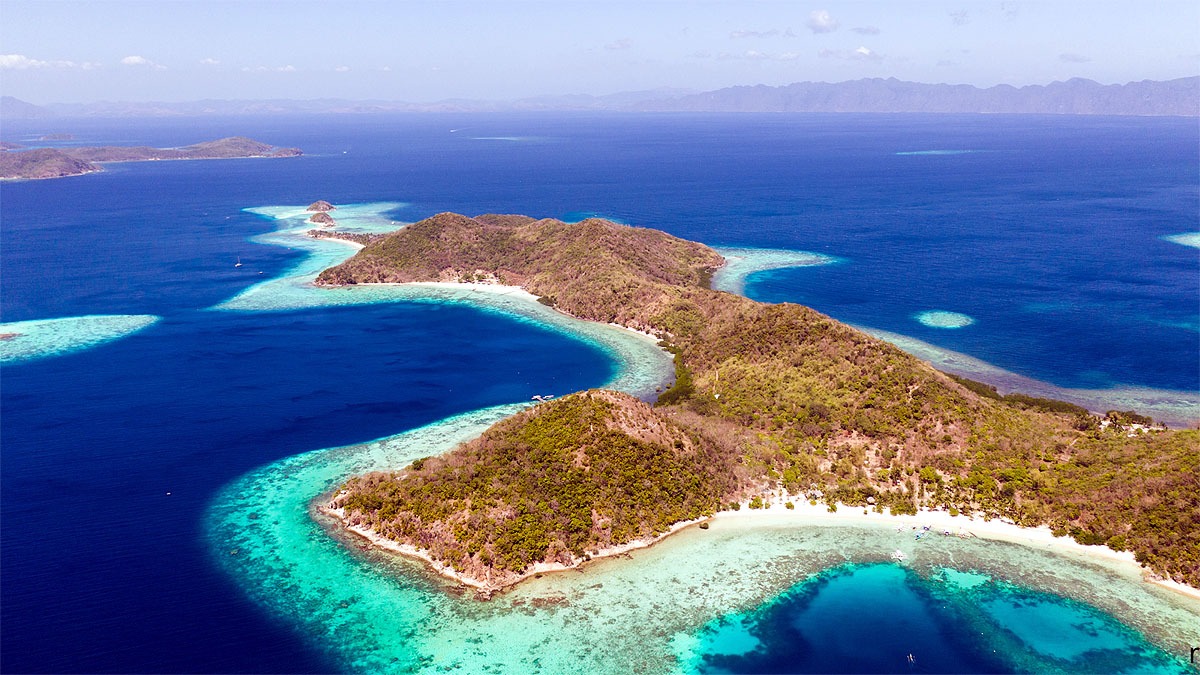Just when we think we've decoded nature, it humbles us with mysteries far beyond human imagination. You might recall the 'Lakshman Rekha' from the epic Ramayana, an inviolable line drawn for protection.
Similarly, there exists a 'Lakshman Rekha' on Earth, imperceptible but profoundly impactful. Neither birds in the sky nor the fish in the oceans dare cross it.
Engage with this tale:
Land animals, too, respect this line, creating distinct worlds on either side. Let's investigate this mysterious unseen line and the world it encompasses.

Source: aajtak
Wallace Line
Between two Indonesian islands lies a boundary that is both tangible and abstract. It's known as the Wallace Line—nature's own demarcation, invisible but evident in its effects. Straddling between Bali and Lombok, around 22 miles apart, this line carves its presence in the sea that separates them.
Diverse Worlds on Adjacent Islands
This biogeographic border segregates the unique fauna of the Malay Archipelago from the distinct wildlife of the Indo-Australian Archipelago. The western islands feature Asian species such as rhinos, elephants, tigers, and woodpeckers. Cross the line, and these species are nowhere to be seen; instead, you'll encounter marsupials, the formidable Komodo dragons, and cockatoos with an entirely different ecological vibe.
Scientists call this a biogeographic boundary—a unique meeting point of two disparate realms of biodiversity.
Discover the Origin of the Wallace Line
First understood by British naturalist Alfred Russel Wallace in 1859, he's recognized alongside Charles Darwin for independently presenting the Theory of Evolution by Natural Selection. The Wallace Line was later named by biologist T.H. Huxley, crediting Wallace as the Father of Biogeography.
During his exploration of the Malay Archipelago, Wallace was struck by the profound differences in species on either side of the narrow strait. Birds that thrived in Java and Bali were missing in Lombok. The same disparity applied to mammals and insects.
Even aquatic life showcased this distinction—the fishes of Lombok's shores vastly different from those around Bali, just 22 miles away.
Wallace's Theory and Plate Tectonics
Wallace hypothesized that Bali and Lombok once belonged to separate continental shelves—Asia and Australia, respectively—which explained the biogeographic distribution. Despite initial skepticism, the advent of plate tectonics in the 1960s vindicated Wallace's insights.
Though neighboring geographically, the species on either side of the Wallace Line are unknowingly secluded in distinct worlds, never crossing paths.




